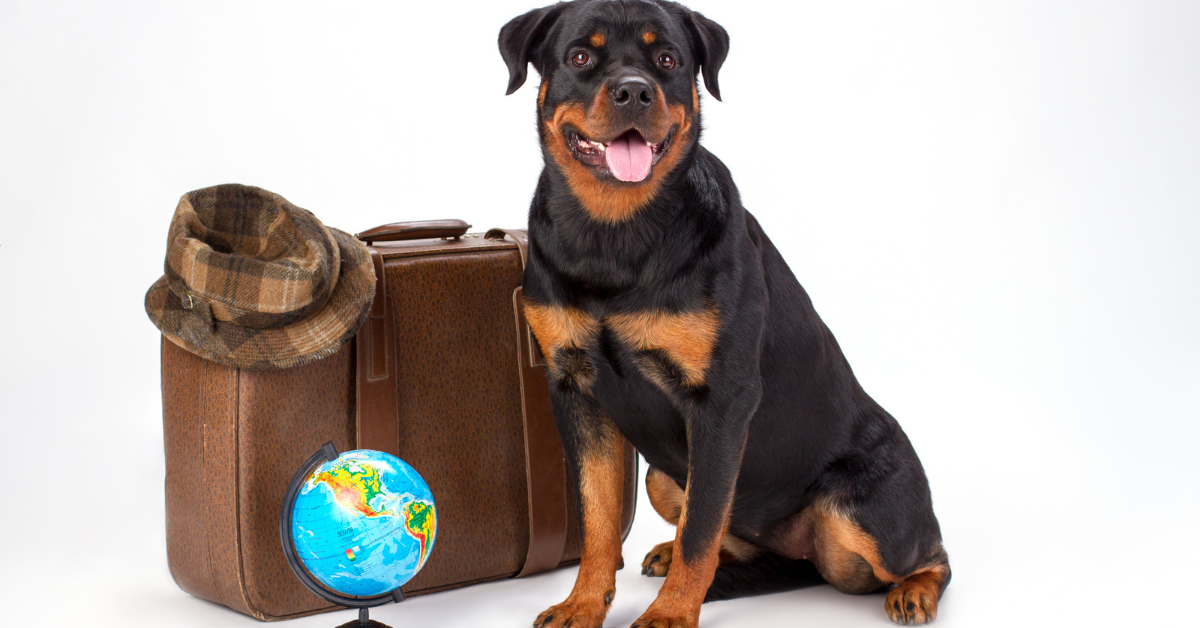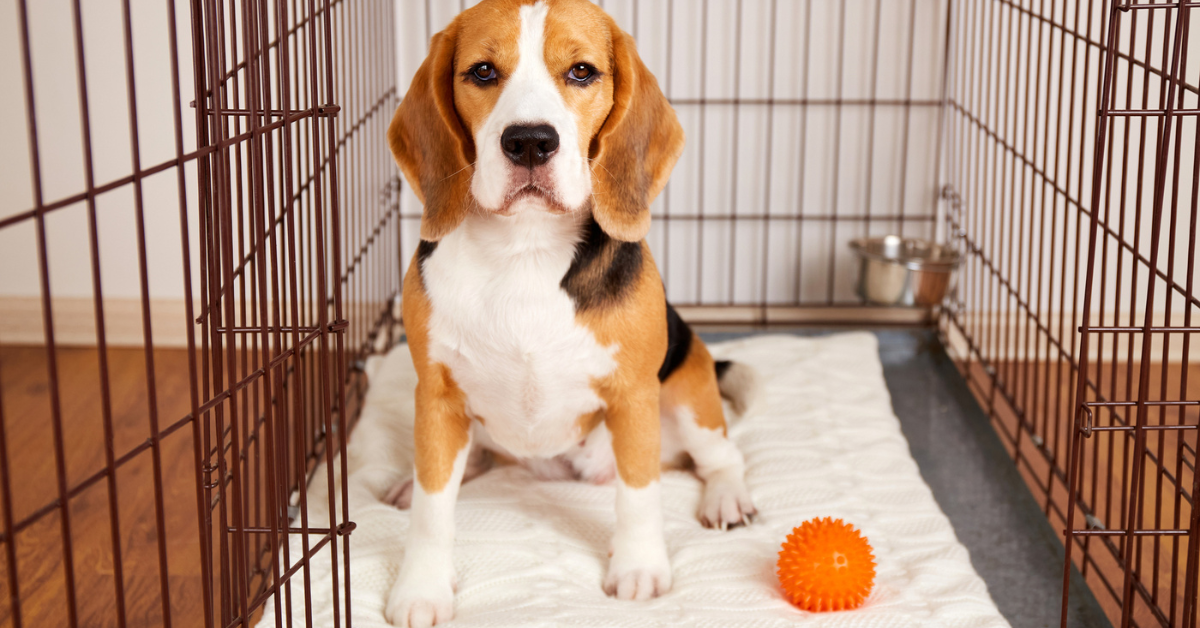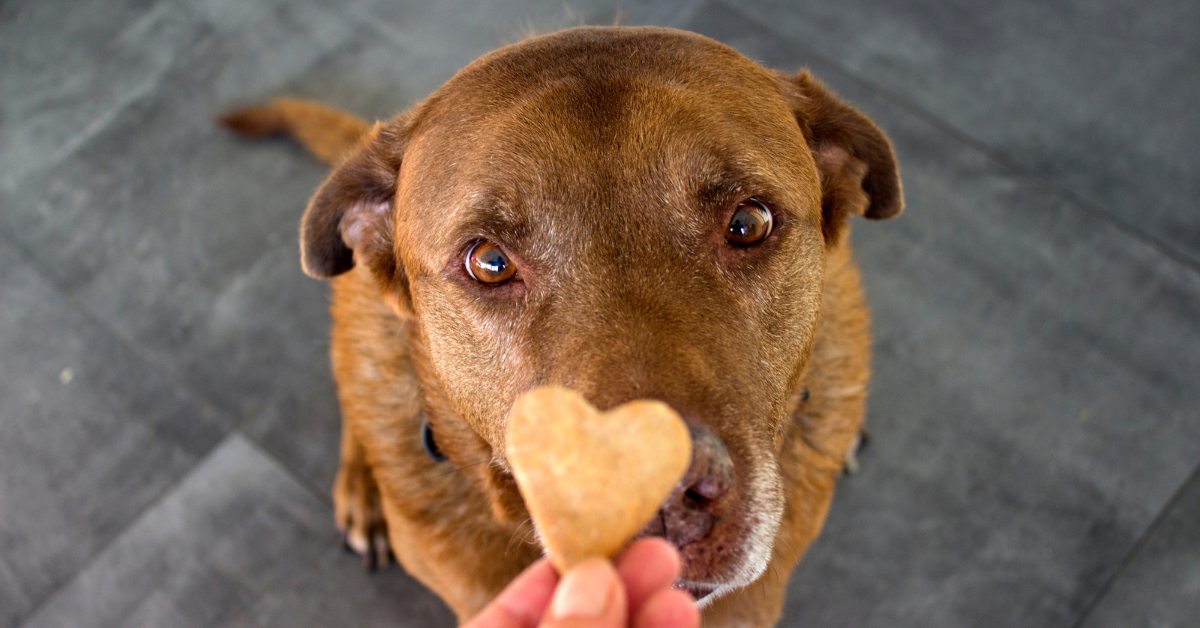Anxiety, Stress, Fear in Pets - How Bad Can it Be?

By Dr. Jeff Werber, DVM
It is a frightening fact that nearly 90% of the 89.7 million dogs in the U.S. will probably experience anxiety, stress, or fear at some point in their lives, and about 1/3 of them (24 million!) suffer these emotions regularly. We don’t always understand why this happens to our pets, and we certainly can’t ask them, but it is believed that the factors involved include genetics, prior experiences during growth and development and unspecified experiences and triggers during adulthood such as insufficient stimulation, schedule/routine changes, new people/new pets, loud sounds, weather changes, etc.
Our dogs manifest signs of anxiety or fear in many different ways—posturing changes, vocalizing, digging, chewing, hiding, and inappropriate urination. And, depending on the triggers, many of which we may not even be able to identify, the behaviors of the same dog exposed to different stress-inducing situations may vary as well.
Besides just feeling bad for our dogs going through these stresses, it is important to understand the science of what is going on with them physiologically, as the effects can be extremely detrimental. During periods of anxiety, stress, or fear, the brain signals an increased secretion of adrenalin and cortisol. The response also leads to a decreased amount of blood flow to the frontal cortex of the brain, which means a decreased amount of oxygen flowing to the frontal cortex. With prolonged anxiety or fear the increase of cortisol can start to suppress the dog’s immune system, which can allow the dog to become sick or stressed more easily. The more agitated they become, these effects magnify causing a negative spiral—the more anxiety they feel, the more anxious they’ll become! For those of you whose pets suffer from this condition, you’ve probably seen this first hand, and know-how difficult this is for you and for your pet
Clearly, we need to help our four-legged friends! There have been many recommended solutions—some for short-term control, and others for more long-term and permanent control. Historically, drugs like sedatives, mood-modifiers, and anxiety medications have been recommended, and still are, as have more natural, herbal products containing chamomile, passionflower, valerian root, poppy, or hops. Even Cannabidiol is now being used with some success to help decrease anxiety. Many, however, prefer more natural, non-drug alternatives like behavior modification, compression vests, or the Calmz Anxiety Relief System with NeuroSync Technology. The Calmz system works through tonal and music stimulation as well as vibration at specific acupressure points to induce relaxation, thus reducing adrenalin flow, as well as increasing blood flow to key areas of the brain.
If your pet suffers from anxiety, stress, or fear, there is much you can do to help. To learn more about your pet’s specific anxiety issues, see your veterinarian or a pet behaviorist, and ask them to help you start a plan that’s right for you and your pet. Whatever you do, don’t let your pet’s anxiety get out of control, there is hope and lots of help available to improve you and your dog’s quality of life.
Previous article

Next article

Related posts
View all-

Should You Bathe Your Cat? Everything You Need to Know About Cat Hygiene
When it comes to cat hygiene, a common question among cat owners is, "Should you bathe your cat?" Understanding how to care for felines, especially bathing cats properly, is crucial for maintaining their overall health. Most cats are fastidious groomers, but specific scenarios like long-haired cats getting dirty or skin irritations, might require a bath.
Read Article -

How to Fly with a Large Dog: Tips and Tricks
Traveling can be challenging, especially when it involves flying with a large dog. Whether your furry friend is a service dog, therapy dog, or simply a beloved pet, understanding the guidelines set by most airlines is crucial. Read Article -

How to Clean a Dog Crate: An Easy and Helpful Guide
Cleaning a dog crate may seem challenging, but it's essential for the health and happiness of your furry friend. A clean crate ensures a hygienic living space for your dog and contributes to a healthier home environment for everyone. Read Article -

How to Train a Dog with Positive Reinforcement
Are you planning to train your dog in a positive way that fosters trust and good behavior? Positive reinforcement is a powerful approach that rewards your dog’s good actions, resulting in a happier pet and a stronger bond between you. Read Article




